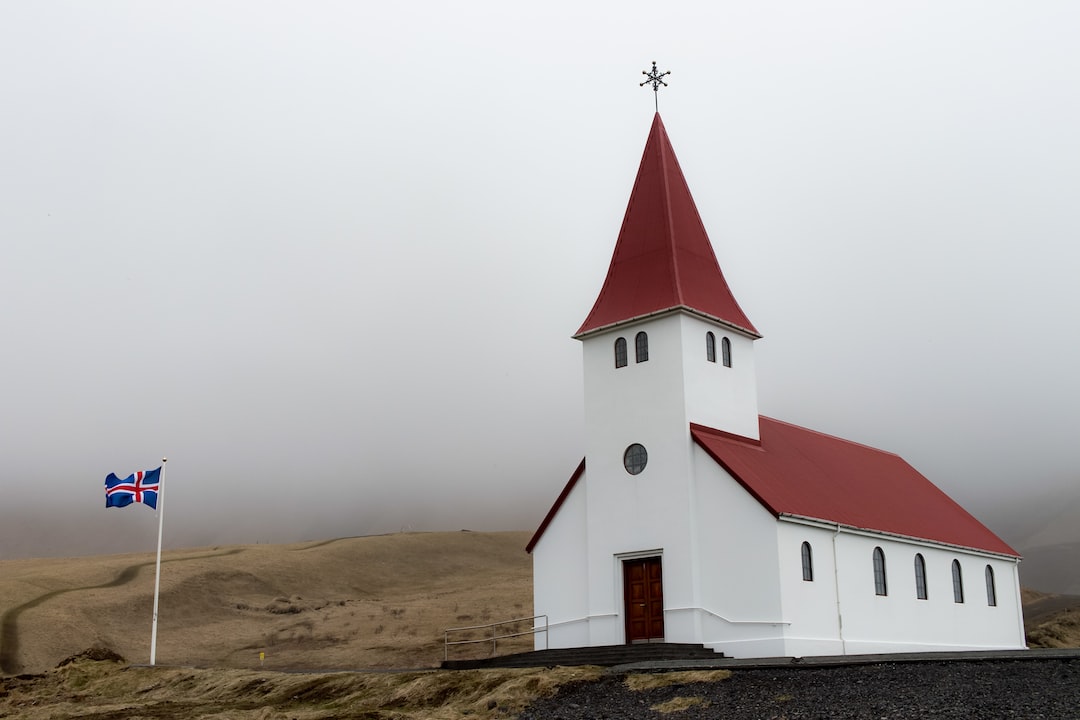Religion as a Source of Inspiration for Artists and Musicians
Throughout history, religion has played a significant role in shaping culture, society, and the arts. It has served as a wellspring of inspiration for artists and musicians, providing a rich tapestry of themes, stories, and symbols to explore. Whether it is through painting, sculpture, music, or other artistic mediums, religion has infused the creative process and infused it with profound meaning.
Religion offers artists and musicians an expansive range of subject matter to delve into. Sacred texts, such as the Bible, the Quran, or the Vedas, are filled with narratives that captivate the imagination and provoke introspection. From the creation of the world to stories of heroes and villains, religious texts present a vast anthology of human experiences and emotions.
One example of religion’s influence on art can be seen in the famous Renaissance fresco, “The Creation of Adam,” by Michelangelo. Painted on the ceiling of the Sistine Chapel, this iconic work depicts the biblical story of God reaching out to confer life upon Adam with a simple touch of the finger. Michelangelo’s composition is a celebration of divine intervention and human potential, embodying the religious belief in the sacred connection between the divine and the mortal.
Religion has also dictated the creation of countless musical compositions that express faith, spirituality, and a sense of the transcendent. For centuries, composers have written sacred music, ranging from Gregorian chants to grand oratorios. One of the most renowned examples of religious music is Johann Sebastian Bach’s “St. Matthew Passion.” This complex choral masterpiece explores the final days of Jesus Christ, taking listeners on a profound spiritual journey through the sublime power of music.
Beyond subject matter, religion also provides artists and musicians with a rich visual and symbolic language. Iconography, religious symbols, and sacred geometry are all deeply rooted in religious traditions and have inspired countless works of art. From the iconic cross in Christian art to the mandalas of Buddhism, these symbols transcend their religious context, speaking to universal human experiences of spirituality, hope, and redemption.
In addition to visual arts, music has long been recognized as a powerful tool for expressing religious devotion and stirring the human soul. The composition of hymns, chants, and devotional songs has been a way for individuals to connect with the divine and express their deepest feelings and desires. Religious music can evoke a range of emotions in both performers and listeners, from joy and exultation to reverence and introspection.
Furthermore, religious rituals and ceremonies often incorporate music and art, enhancing the spiritual experience for participants. Be it religious processions, church choirs, or religious festivals, the integration of art and music deepens the aesthetic and emotional impact of the religious experience. It serves as a form of communal expression and a bridge between the mortal and the divine.
It is important to note that the relationship between religion and art is not confined to a single religious tradition. Artists and musicians have drawn inspiration from various religious beliefs and practices worldwide. From the ancient temples of Egypt to the intricate sculptures of Hindu deities, religious art and music have transcended time and geographic boundaries, enriching artistic traditions across cultures.
Religion continues to shape and influence the artistic landscape, providing artists and musicians with a limitless source of inspiration. It taps into the depths of human existence, exploring profound questions about life, death, morality, and the human relationship with the divine. By channeling the spiritual and the divine, artists and musicians create works that resonate with audiences and invite them to reflect on life’s transcendent mysteries.

